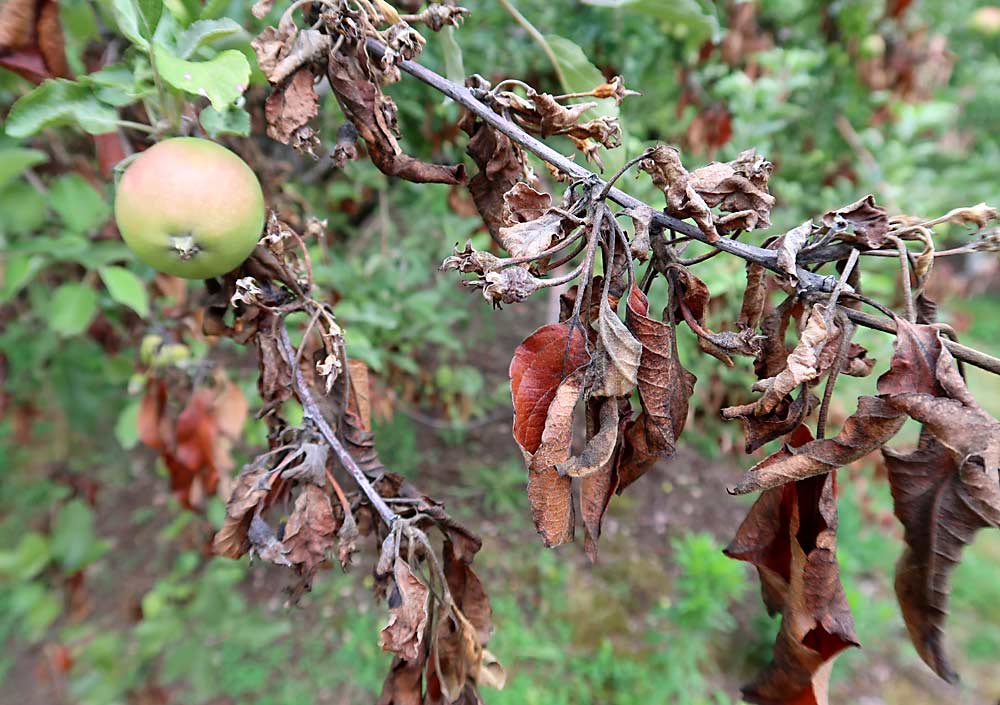
New cultivars and high-density plantings bring great efficiencies to the apple industry, but modern growing systems are also more vulnerable to fire blight. Many popular new cultivars are more susceptible to the disease than are older, more traditional varieties, and with new trees bunched so tightly, fire blight infestations can spread exponentially.
Because of these factors, George Sundin, a Michigan State University professor and one of the country’s foremost experts on fire blight, thinks the disease is a greater threat to the apple industry than it used to be.
“Outbreaks in young trees can lead to a heavy tree death situation,” he said. “Fire blight has always been sporadic, unlike scab, but when it does hit, it hits much harder than any other disease in terms of its potential to kill trees.”
The problem calls for both short-term (effective management practices) and long-term (increased resistance) solutions. To hasten and unify the search for solutions, Sundin organized a project last fall that brings together fire blight researchers from across the country. Aided by a $5.2 million grant from the U.S. Department of Agriculture’s National Institute of Food and Agriculture, the four-year project, “Comprehensive Fire Blight Management for the United States,” includes researchers from the University of Illinois, University of California, Cornell University, Washington State University, North Carolina State University and Oregon State University.
The project aims to combine the expertise of researchers and extension educators from across the country in order to develop a nationwide set of fire blight management practices that can be adapted to different growing regions, said Sundin, the project leader.
Kerik Cox, a Cornell associate professor, said the project will incorporate the fire blight research community’s best ideas.
“Ten years ago, I didn’t know who all the players were,” he said. “Now, we’re all working together.”
In January, project researchers were scrambling to order plants, with the goal of planting the same types of trees at the same time in “highly coordinated” trials across the country. By bloom time in 2022, most of the trees will have been in the ground for a year, and the researchers will begin their field trials in earnest, Cox said.
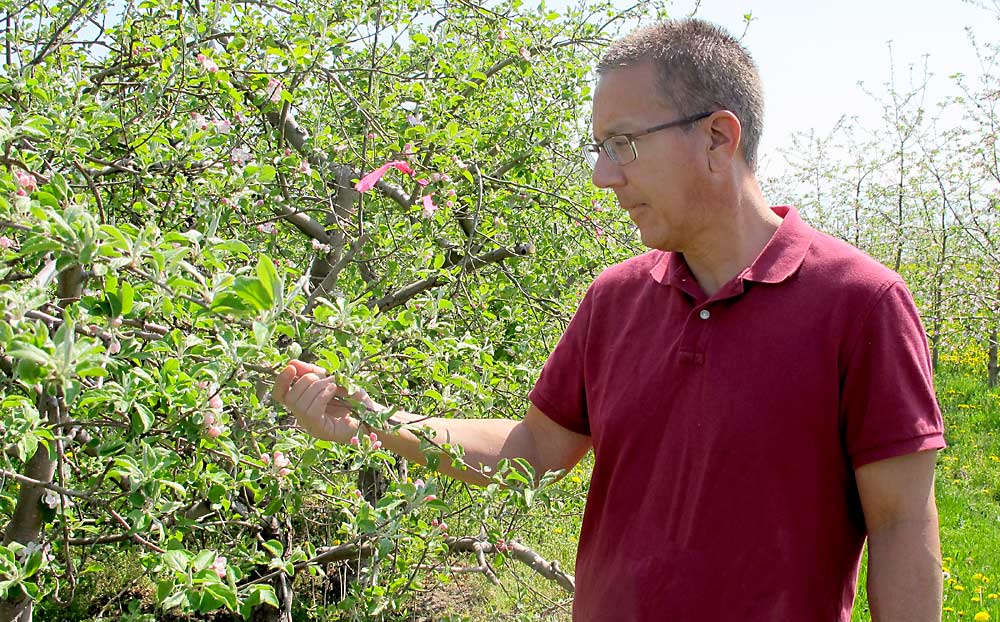
Sundin will study the shoot blight and blossom blight phases of the disease, continuing previous research as well as starting new trials. By the end of the project, he hopes to have a better understanding of how growth regulators such as Apogee (prohexadione calcium) and resistance inducers such as Actigard (acibenzolar-S-methyl) can help. He also hopes to find effective biological controls as alternatives to the antibiotic Kasumin (kasugamycin). If fire blight develops resistance to Kasumin the way it did to another antibiotic, streptomycin, Michigan growers will be in “big trouble.”
Cox will do field work on blossom blight and shoot blight in New York and will share findings with Sundin. He plans to continue his work using growth regulators to manage blight.
“Growth regulators help, but they’re tricky,” Cox said. “If they stunt growth you might not get fire blight, but the trees don’t get to the top wire as quickly.”
In recent trials, Cox found that applying prohexadione calcium at bloom can actually reduce blossom blight with limited impact on growth over the season. It’s a strategy he intends to continue exploring.
The project also has an economic component. Shadi Atallah, an associate professor at U of I, is working with WSU professor Karina Gallardo to develop economic models that will gauge the costs and benefits of fire blight management techniques.
“Many times, what’s optimal from a biological perspective might or might not be optimal from an economic perspective,” Atallah said. “If you implement a strategy that might find farmers worse off economically, they won’t adopt it. You want to find a middle point that meets the objective of minimizing disease but keeps farmers making money.”
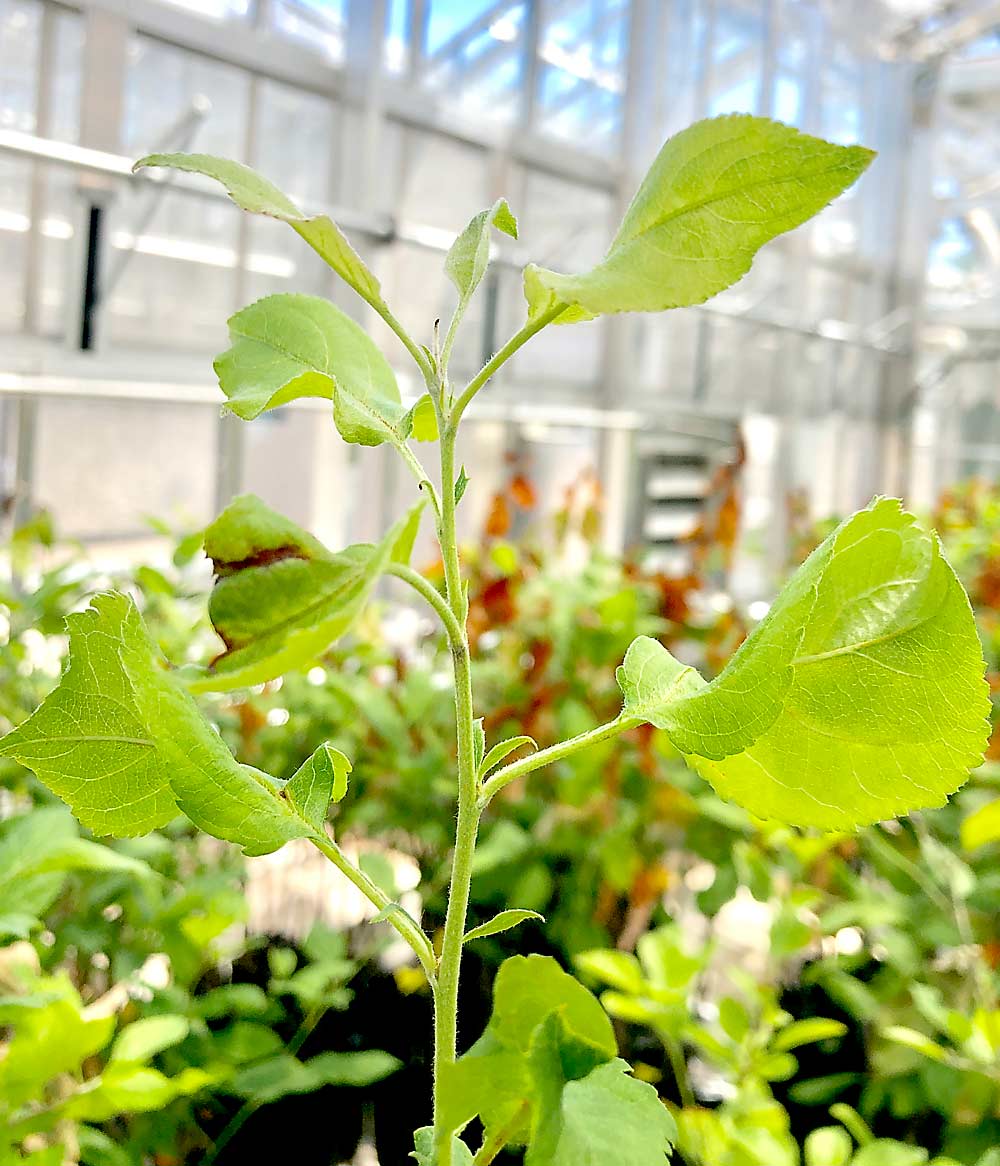
Cornell associate professor Awais Khan is focusing on the long-term solution to fire blight: developing host resistance through cross breeding with wild crab apples resistant to the disease.
One of the drawbacks to the traditional breeding approach is how long it takes. After the initial cross, it takes five to eight years to find out if the apple even has resistance. And then the breeder has to make multiple crosses to get back to commercially acceptable fruit quality and size, Khan said.
Recent breakthroughs in DNA-based selection, genome sequencing and inducing early flowering have shortened the process from about 25 years to 10–12 years, though the outcome still isn’t guaranteed, he said.
Khan will start making crosses this year. By the end of the project, he expects to have three prebreeding lines that include resistance to fire blight and apple scab, good fruit quality and early flowering. The lines will be available to other breeders, who can use them to start making new crosses with high-value cultivars. Access to these prebreeding lines will save them time, because the first steps have already been made, he said. •
—by Matt Milkovich

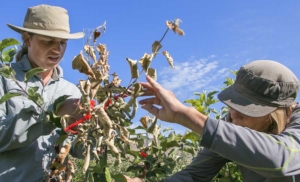

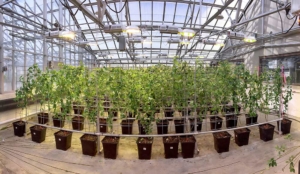





Leave A Comment